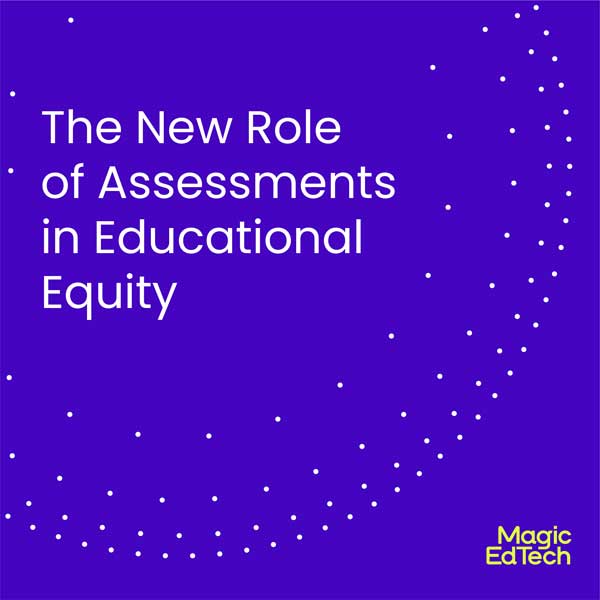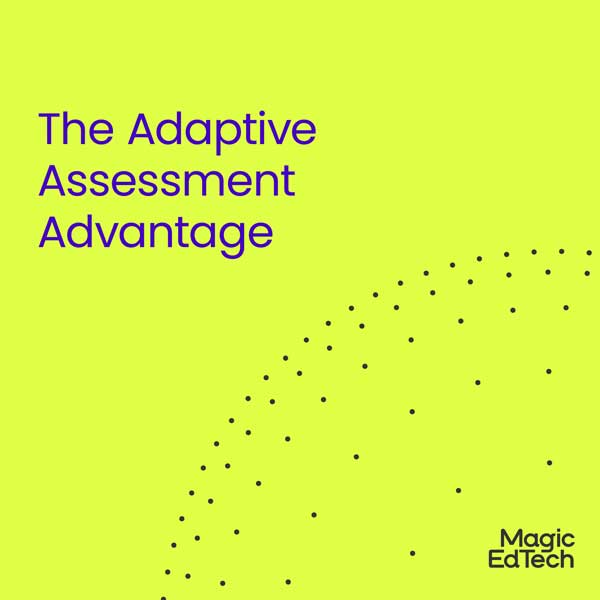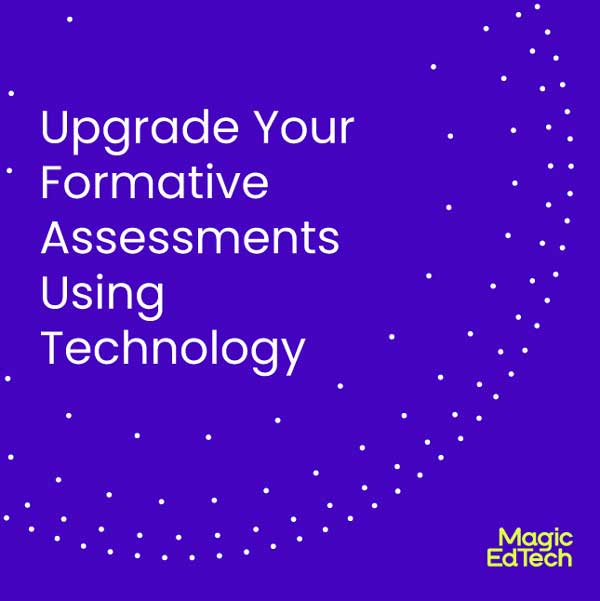Reimagining Assessments for Learner Centricity
- 14 October, 2022
- Reading Time: 5 minutes
Assessments have always been an integral part of education. Until now, they’ve measured one’s ability to remember what has been taught, academic literacy, logical fluency, and the ability to perform structured tasks under controlled periods.
Though assessments perform various functions in an educational space, It mainly tells educators how much of what’s been taught is being retained, understood, and applied. The information from assessments can be a great predictor of student success and can help formulate the right teaching plans.

Technology has been a real game changer for assessments and the one-size-fits-all approach is a thing of the past. Teachers now know that their students have different strengths, preferences, and learning styles. As educators work through post-pandemic learning strategies, experts are finding new ways to make learning and assessments personalized which can only be achieved when technology and education work together to make learning authentic and accessible to all.
5 Keys To Making Assessments More Effective and Learner-Centric
1. Assessments should prepare students for the real world
As per the Sales Force Higher Ed Report 2022, only 11% of students believe that they’re prepared for a digital work environment. Hence, students should be given assessments that not only test their knowledge and skills but also prepare them for a real workplace. With the introduction of assessments in the form of video presentations, peer assessment tools like Pitch2Peer, AR/VR, ISPOT, website creation, etc students are better equipped to face the future.
2. Assessments need to be all disabilities friendly
Whether a student has a short-term or a long-term disability, every student should get the opportunity to participate without any hindrance to learning. Such assessments should also be more inclusive of students with mental health issues. Well-designed assessment tools will not only help everyone but will also be cost-effective, avoiding the expense of adapting to specific needs.
3. Well-structured and consistent assessments are a must
Regular assessments are important in times when technological advancements directly impact education, making it crucial for students to attain skills that help them become independent learners. Assessment scheduling can be a difficult task, but with the effective use of learning analytics students can assess their learning and use that feedback to help in their overall development.
4. Self-regulating assessments are favorable for all
Automated assessments that provide quicker results and feedback are preferred by students these days. They’re also educator-friendly as they reduce their workload during the designing, marking, and feedback process. Automation can improve a student’s assessment experience and the teacher’s time is utilized in better student-centered learning activities than marking.
5. Assessments should help prevent unfair practices
With assessments becoming more and more student-friendly, they might create a loophole for rule-breaking. New, better assessment designs that will help keep academic integrity intact are an essential need. Therefore, the creation of new, situated, personalized assessment tasks for every student leaves no scope for unfair practices.
How Technology Is Shaping Future Assessments?

1. Technology is making assessments Equitable
Technology-based assessments can redefine the way assessments are conducted for students. Creating an equitable environment with the help of features like font size changes, colour contrasts, bilingual dictionaries, glossaries, etc embedded in assessments can identify the learner’s needs, personalizing instruction without the need to single out students who need extra support. These advancements can make assessments a seamless process for not only students but teachers as well.
2. Technology can be used to correct the learning loss resulting from the Pandemic
The school shut down during Covid-19, resulted in 1.2 billion children all across the world being out of their classrooms. This bought a drastic change in the way education is delivered. With the significant surge in digital learning, technology is being used to create language apps,virtual tutoring, video conferencing tools, online learning platforms or softwares, etc to aid both students and teachers as well as recover the learning loss. It has also empowered students with more choices and adaptability in their learning experiences.
3. Enabling more accurate, state-wide, standardized testing at scale
Tech advancements in large-scale testing can help create cost-effective assessments. This ensures that the information collected about students throughout the year is accurate and provides insights into what a student knows and does not know. Introducing better assessment designs, time-saving tools for automated essay scoring, task-based tests, performance prediction tools, etc can really change the way state-wide testing is conducted currently.

A good, reliable assessment design is the foundation of great learning and for that, it has to be a combination of certain characteristics that make it the perfect measure of a student’s learning.
An assessment should be:
- Valid
- Fair
- Transparent
- Reliable
- Feasible
- Impactful
The update of QTI 3.0 to develop standardized assessments enables integration with the newest web accessibility tools, support for custom libraries, and varied methods of interaction, and a more seamless integration overall. Digital assessment tools found on the QTI 3 standard allow educators to take advantage of AI technology combined with new accessibility tools. It also helps achieve better accessibility support by incorporating W3C specifications and test practices.
The Applications of AI in Assessments
Artificial intelligence (AI) in the assessment space can be utilized for a variety of tasks such as monitoring student activity and creating models that accurately predict student outcomes. Vision-based AI and voice-based AI diagnose reading and other academic issues further reducing assessment costs. As per experts, machine learning tools will soon be able to generate assessment questions that would be personalized as per a student’s interests. Also, assistive technologies supporting voice-to-text and text-to-voice need to be implemented in assessments better.
Conclusion
Assessments play a critical role in the learning graph of a student. Hence, the content and mode of assessment should be designed to ensure that the impact on learning is positive. Tech adoption can help alleviate some of the criticism against present-day standardized testing. Efforts are being made for system-wide implementation of technology-based assessments at a large scale to improve the existing assessment process. State-wide assessments in CBT (computer-based testing) are a necessary change needed for large-scale testing, providing an advantage to both teachers and students. Long test hours, cultural bias, and limited usefulness to teachers are a few, among other concerns that can be addressed by automating assessments at scale making them more streamlined and capable of providing better information on students’ knowledge and skill.




